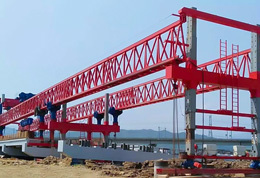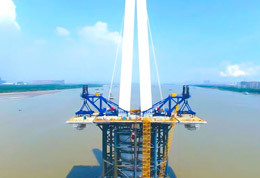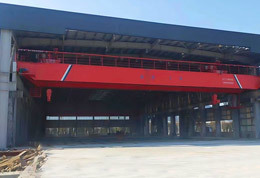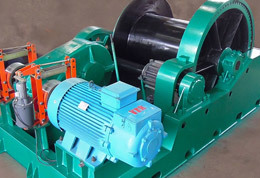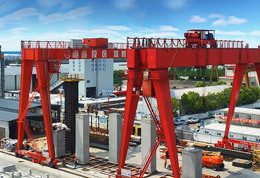11
2025
-
10
Mastering Safety: Essential Tips for Using a Lifter Crane
Discover crucial safety tips and considerations for using a lifter crane effectively and safely.
Author:
Introduction
When it comes to heavy lifting, the lifter crane is a champ! These machines are a cornerstone of construction and logistics, allowing us to hoist and move bulky materials with ease. However, using a lifter crane isn't just a walk in the park. There are vital considerations to keep in mind to ensure safety and efficiency. Let's dive in!
Understanding the Basics
First off, what exactly is a lifter crane? Simply put, it's a powerful piece of equipment designed to lift and transport heavy loads. From construction sites to warehouses, you'll find them hard at work. But before you hop on that machine, you need to understand its mechanics. Familiarize yourself with its components—like the boom, hoist, and hook. Knowledge is power, folks!
Safety First!
Now, let's talk safety. You wouldn't drive a car without buckling up, right? The same goes for operating a lifter crane. Always wear appropriate personal protective equipment (PPE), including hard hats, gloves, and steel-toed boots. Trust me, it's better to be safe than sorry!
Pre-Operation Checks
Before you even think about lifting a finger, conduct a thorough pre-operation inspection. Check for:
- Fluid leaks
- Worn or damaged cables
- Functional controls
- Stability of the crane
These checks are crucial. A lifter crane that's not in tip-top shape can spell disaster!
Load Capacity Matters
Here's the deal: every lifter crane has a specified load capacity. Exceeding this limit can lead to tipping and accidents. Always refer to the manufacturer's guidelines and adhere to the weight limits like your life depends on it—because it does! It's exciting to think about lifting heavy stuff, but don't let enthusiasm cloud your judgment.
Communication is Key
Ever heard the saying, "Two heads are better than one?" Well, in the world of lifter cranes, clear communication can be a lifesaver. Establish hand signals or use radios to ensure everyone is on the same page during lifting operations. This teamwork helps prevent accidents and keeps the workflow smooth.
Weather Considerations
Mother Nature can be unpredictable, and when it comes to lifting operations, she can be a real party pooper. High winds, rain, or snow can affect the stability of your lifter crane. Always check weather conditions before commencing work. If the forecast looks dicey, it's best to postpone the operation—better safe than sorry!
Post-Operation Protocols
Once the lifting is done, don't just walk away! Conduct a post-operation inspection to identify any potential issues or maintenance needs. This proactive approach will help ensure that your lifter crane remains in good working condition for the next job. Plus, it saves you from unexpected surprises down the line!
Continuous Training
Finally, never underestimate the power of knowledge. Continuous training is vital for anyone who operates a lifter crane. Stay updated on safety protocols, new technologies, and best practices. The more you know, the safer you'll be!
Conclusion
In a nutshell, operating a lifter crane can be a rewarding experience, but it comes with its own set of responsibilities. By adhering to safety protocols, conducting thorough inspections, and keeping communication open, you can ensure that your lifting operations run like a well-oiled machine. So gear up, stay sharp, and keep those loads moving safely!
Key words:
Related news


